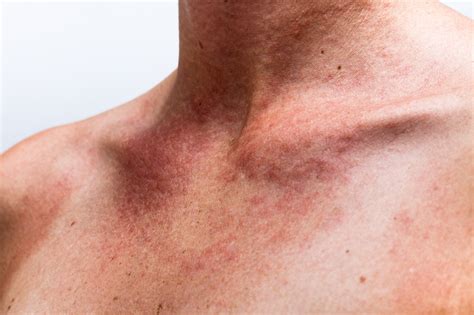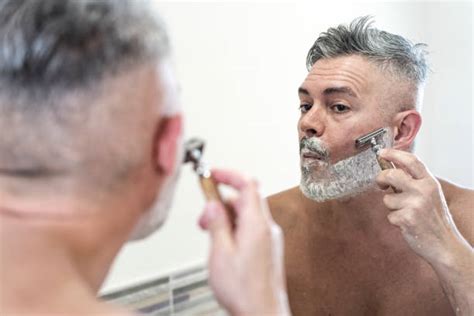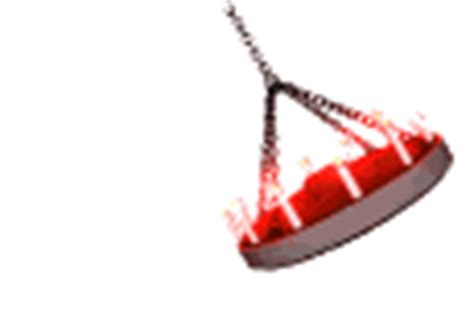Optimal shave: how to eliminate razor burn and ingrowns for peak skin performance?
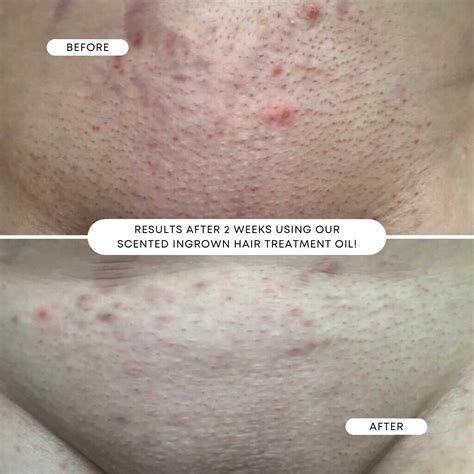
The Quest for a Perfect Shave: Banish Razor Burn and Ingrown Hairs
For many, shaving is a daily ritual fraught with potential pitfalls: angry red bumps, painful ingrown hairs, and uncomfortable irritation. These common adversaries not only detract from a clean aesthetic but also signal compromised skin health. Achieving an optimal shave isn’t about rushing through the motions; it’s a meticulous process that prioritizes technique, tools, and skin preparation. By mastering these elements, you can transform your shaving experience, leaving you with skin that looks and feels its best.
Pre-Shave Prep: The Foundation of Flawless Skin
A successful shave begins long before the blade touches your face. Proper preparation softens the hair, opens pores, and creates a protective barrier, drastically reducing friction and irritation. Neglecting this crucial step is a common culprit behind post-shave woes.
- Warm Water & Steam: Start by washing your face with warm water or, even better, take a warm shower. The steam and heat soften facial hair and open pores, making it easier for the razor to glide smoothly.
- Exfoliation (2-3 times a week): Gentle exfoliation removes dead skin cells that can trap hairs, leading to ingrowns. Use a mild facial scrub or chemical exfoliant (like BHA) a few times a week, but not immediately before a shave if your skin is sensitive.
- Pre-Shave Oil: Apply a few drops of pre-shave oil. This creates an additional layer of lubrication between your skin and the blade, enhancing glide and further protecting against nicks and irritation.

The Shave: Technique and Tools Matter
Your shaving technique and the quality of your tools are paramount in preventing razor burn and ingrowns. Hasty movements, dull blades, and improper lather can lead to painful consequences.
Choosing the Right Tools:
- Sharp Blade: This is non-negotiable. A dull blade tugs at hairs instead of cutting them cleanly, causing irritation and increasing the risk of ingrowns. Replace disposable cartridges frequently (every 5-7 shaves) or single blades after each use.
- Quality Shaving Cream/Gel/Soap: Opt for a rich, hydrating lather that provides ample cushioning and lubrication. Avoid aerosol cans with harsh chemicals; look for formulas with glycerin, shea butter, or natural oils. Apply generously and let it sit for a minute to further soften the beard.
Mastering Your Technique:
- Shave With the Grain First: Always begin by shaving in the direction your hair grows. This reduces tugging and minimizes irritation. For a closer shave, you can re-lather and shave across the grain, or even against it, but only if your skin is not prone to irritation.
- Short, Gentle Strokes: Use short, controlled strokes, applying minimal pressure. Let the razor do the work. Pressing too hard is a primary cause of razor burn.
- Rinse Blade Frequently: Rinse your razor under warm water after every few strokes to prevent clogging and ensure a clean cut.
- Stretch Skin (Carefully): Gently stretching the skin taut can help achieve a closer shave, especially in tricky areas like the neck.

Post-Shave Care: Soothe, Hydrate, and Protect
The shaving process strips away natural oils and can leave skin vulnerable. Thoughtful post-shave care is essential to calm irritation, close pores, and prevent ingrown hairs.
- Rinse with Cold Water: After shaving, splash your face with cold water. This helps close pores and soothe the skin, reducing redness.
- Pat Dry, Don’t Rub: Gently pat your face dry with a clean, soft towel. Rubbing can irritate newly shaven skin.
- Apply Aftershave Balm/Moisturizer: Skip alcohol-based aftershaves, which can dry out and irritate the skin. Instead, opt for a soothing, hydrating balm or moisturizer containing ingredients like aloe vera, witch hazel, chamomile, or hyaluronic acid. This helps to reduce inflammation, moisturize, and protect the skin barrier.
- Ingrown Hair Prevention Serum: If you’re particularly prone to ingrowns, consider using a specialized serum containing salicylic acid or glycolic acid a few times a week (not immediately after shaving). These gentle exfoliants help keep pores clear and prevent hairs from curling back into the skin.
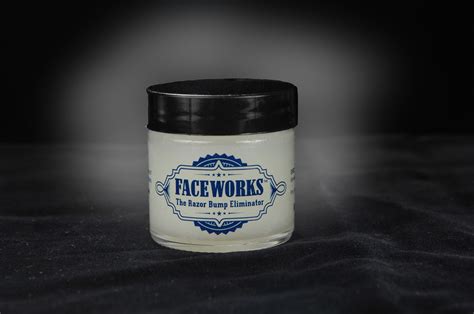
Lifestyle Adjustments and Troubleshooting Ingrown Hairs
Sometimes, even with the best routine, issues can persist. Consider these additional tips:
- Cleanliness: Always use clean towels and ensure your razor is stored in a dry, hygienic place to prevent bacterial growth.
- Hydration: Drink plenty of water to keep your skin hydrated from the inside out, making it more resilient.
- Avoid Tight Clothing: If you shave areas like the neck or chest, tight collars or clothing can rub against newly shaven skin, exacerbating irritation and contributing to ingrowns.
- Dealing with Existing Ingrowns: Resist the urge to pick or squeeze. Instead, apply a warm compress to the area to help coax the hair out. If it’s visible near the surface, a sterilized pair of tweezers can carefully lift the loop, but never pull the hair out entirely, as this can lead to repeat ingrowns.
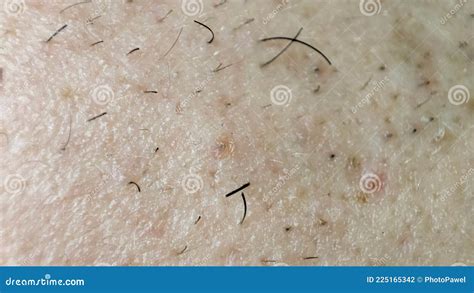
Conclusion: Embrace the Art of Shaving
Eliminating razor burn and ingrown hairs is an attainable goal that significantly elevates your grooming game and overall skin health. By investing time in proper preparation, using the right tools and techniques, and committing to diligent post-shave care, you transform shaving from a chore into a luxurious ritual. This holistic approach not only ensures a supremely smooth and comfortable shave but also promotes clear, healthy skin that radiates confidence. Say goodbye to irritation and hello to peak skin performance.
